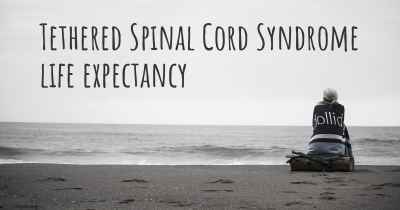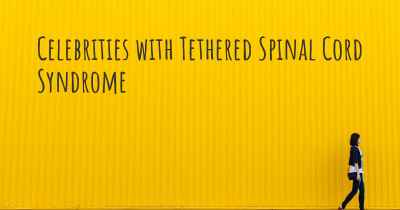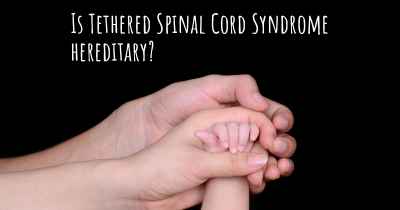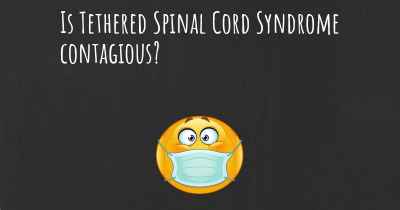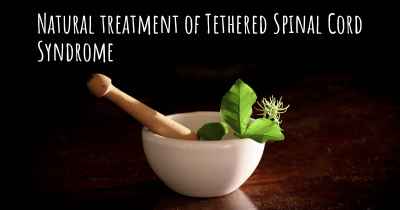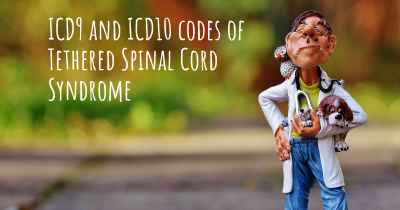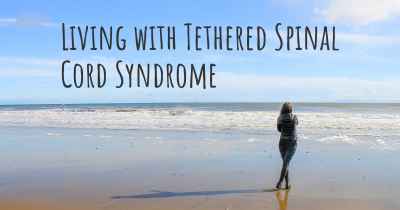How is Tethered Spinal Cord Syndrome diagnosed?
See how Tethered Spinal Cord Syndrome is diagnosed. Which specialists are essential to meet, what tests are needed and other useful information for the diagnosis of Tethered Spinal Cord Syndrome
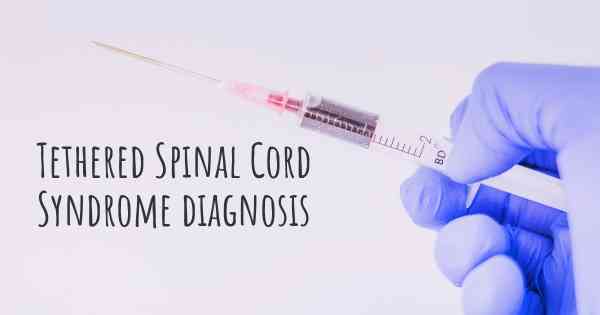
Tethered Spinal Cord Syndrome (TSCS) is a condition that occurs when the spinal cord is abnormally attached to the surrounding tissues, restricting its movement. This can lead to a variety of symptoms and complications, including pain, weakness, numbness, and problems with bladder and bowel control. Diagnosing TSCS involves a combination of medical history evaluation, physical examination, and diagnostic tests.
Medical history evaluation: The first step in diagnosing TSCS is a thorough review of the patient's medical history. The doctor will ask about any symptoms experienced, their duration and severity, as well as any previous medical conditions or surgeries. It is important to provide detailed information about any family history of spinal cord abnormalities or related disorders.
Physical examination: A physical examination is then conducted to assess the patient's neurological function and identify any physical signs of TSCS. The doctor will evaluate muscle strength, reflexes, sensation, and coordination. They may also perform specific tests to assess bladder and bowel function. Any abnormalities or asymmetries in these areas may indicate the presence of TSCS.
Diagnostic tests: To confirm the diagnosis of TSCS and determine the extent of the condition, several diagnostic tests may be ordered:
- Magnetic Resonance Imaging (MRI): This is the most common imaging test used to diagnose TSCS. It provides detailed images of the spinal cord and surrounding structures, allowing the doctor to visualize any abnormalities or tethering. An MRI can also help identify the level at which the spinal cord is attached and assess the severity of the condition.
- Ultrasound: In some cases, especially in infants, ultrasound may be used to evaluate the spinal cord and detect any tethering. It is a non-invasive and safe imaging technique that uses sound waves to create images of the spinal cord.
- Electromyography (EMG) and Nerve Conduction Studies (NCS): These tests are used to assess the electrical activity and function of the nerves and muscles. They can help determine if there is any nerve damage or dysfunction associated with TSCS.
- Computed Tomography (CT) Scan: CT scans may be used to provide additional information about the spinal cord and surrounding structures. They can be particularly useful in identifying bony abnormalities or evaluating the presence of other spinal conditions.
- X-rays: X-rays may be taken to assess the alignment and structure of the spine. While they may not directly diagnose TSCS, they can help rule out other conditions or identify any associated spinal abnormalities.
Consultation with specialists: In some cases, the doctor may refer the patient to a neurologist, neurosurgeon, or other specialists for further evaluation and management of TSCS. These specialists have expertise in treating spinal cord disorders and can provide additional insights and treatment options.
It is important to note that the diagnosis of TSCS requires a comprehensive evaluation by a healthcare professional. The combination of medical history, physical examination, and diagnostic tests helps to accurately diagnose TSCS and guide appropriate treatment decisions.
Often urodynamic testing will varify functioning of the bladder.
Posted Sep 14, 2017 by Alison 2000
